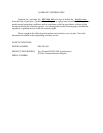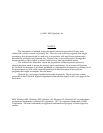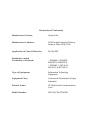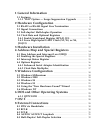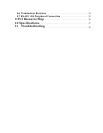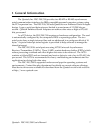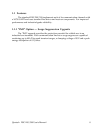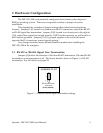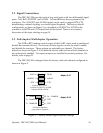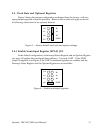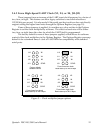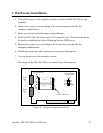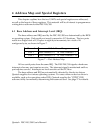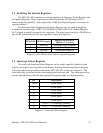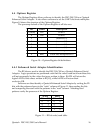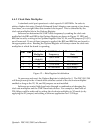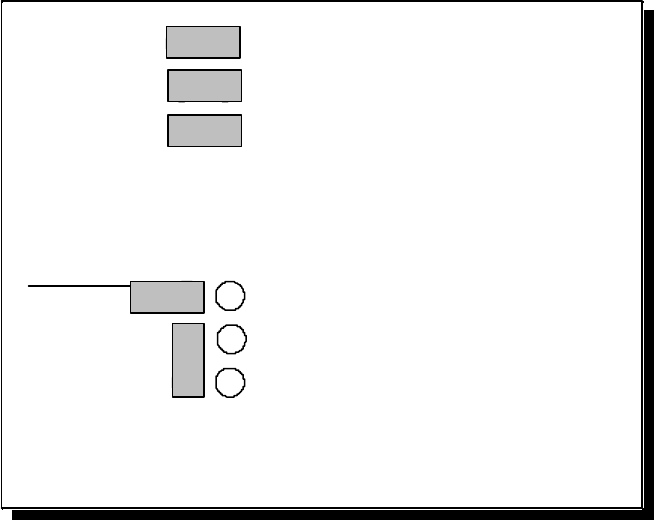
2.2 Signal Connections
The DSC-200/300 provides each of two serial ports with four differential signal
pairs: TxD, RxD, AUXOUT, and AUXIN. TxD and RxD are always present at the
connector. The AUXOUT and AUXIN signals can be used to support RTS/CTS
handshaking, external clocking, or external signal loopback. The factory default
configuration, as shown in Figure 2, is a loopback of AUXOUT to AUXIN at the
connector, with RTS and CTS looped back on the board. There is an extensive
discussion of this topic starting on page 19.
2.3 Full-duplex/Half-duplex Operation
The DTR or RTS modem control output of the UART can be used to enable and
disable the transmit drivers. The inverse of these signals can also be used to enable
and disable the receivers. These options are selectable per channel. The factory
default, as shown in Figure 2, is for both the drivers and receivers of both channels to
be continuously enabled. Two spare jumpers are installed in neutral positions. For
details, refer to page 22.
The DSC-200/300 is shipped from the factory with each channel configured as
shown in Figure 2.
Loopback RTS to CTS
Loopback AUXOUT to AUXIN
Loopback XCLK to RCLK
CTS
AUXIN
XCLK
RTS
AUXOUT
RCLK
1
2
36
5
4
Full Duplex Operation
1
2
3
6
5
4
RTS
DTR
Tx ENABLE
Tx ENABLE
Tx ENABLE
Rx ENABLE
(spare jumpers supplied)
Jumpers J5, J7
Jumpers J6, J8
Figure 2 --- Factory default signal interface settings
Quatech DSC
-200/300 User
'
s Manual
10



